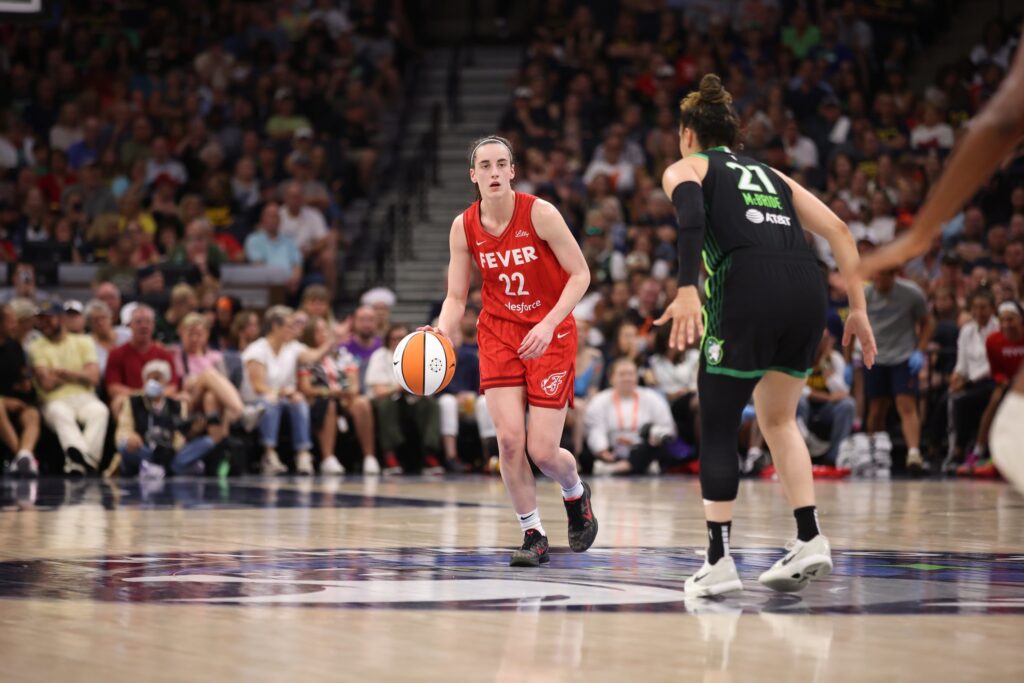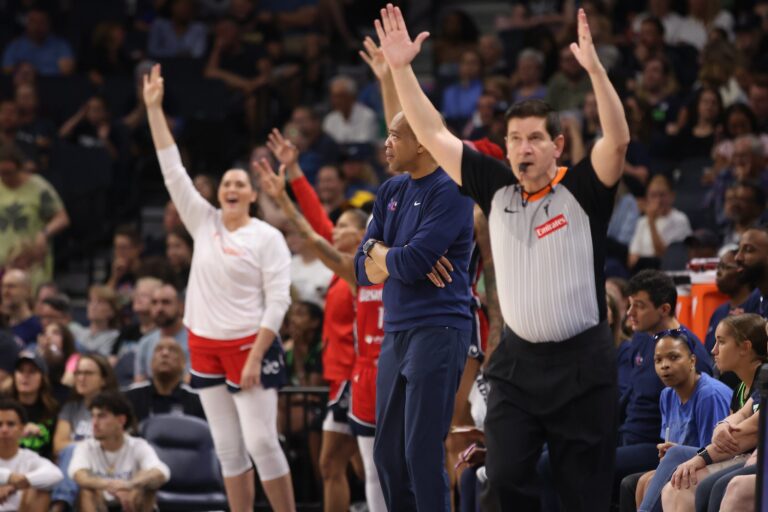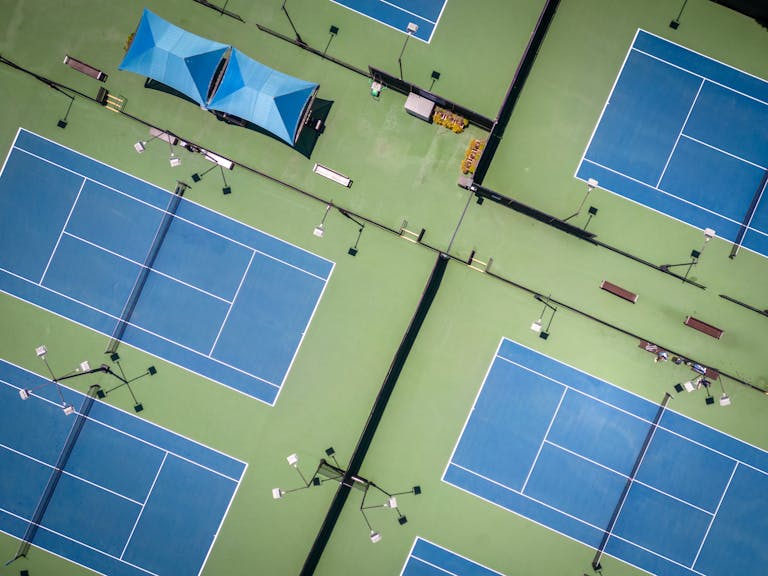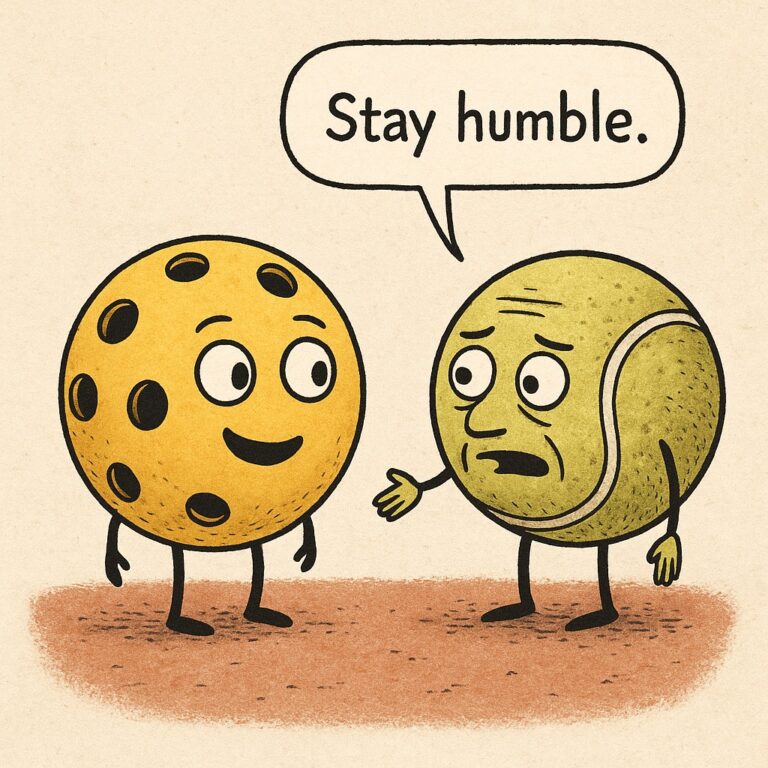WNBA Referees Confuse Foul Calls With Interpretive Dance
Scott Swiffer
Janitor, Guest Writer, Conspiracy Custodian
Custodial Staff / Contributing Writer
After Caitlin Clark’s injury drew no whistle, officials appeared more focused on abstract hand movements than, say, the actual game unfolding before them.

The arena buzzed with the low hum of restless fans. Shoes squeaked against polished hardwood. Somewhere in the upper levels, a vendor hollered about popcorn. And yet, down on the court, the only sound that seemed to matter was silence. The silence of a whistle that never came.
Caitlin Clark, the rookie who has turned nearly every possession into a highlight reel, was sprawled on the floor after a collision. The impact drew gasps from the crowd. But from the referees? Not even the subtle tightening of a jaw. They simply jogged back into position, eyes forward, as if watching a different game entirely.
This is the WNBA’s persistent officiating problem. Or perhaps “interpretive adjudication” is the better term. Each referee appears to have their own philosophical relationship with the rules. Contact isn’t just contact, it’s a narrative choice. A foul isn’t a foul unless, perhaps, the angle looks compelling for the replay.
Some say it’s part of the game. Players adapt. Coaches scheme. Others argue it’s undermining the league’s credibility at the very moment it’s courting new fans. And really, how many casual viewers will stick around if the rulebook feels optional?
During the timeout, Clark was helped to the bench, the trainer leaning in with quiet urgency. The referees stood near midcourt, idly chatting. One mimed a blocking signal to another, laughing. It might have been a joke. Or maybe just muscle memory. Hard to say.
The rest of the game unfolded with the usual blend of grit and grace. But the moment lingered. A league built on speed and skill still depends on something far less glamorous: trust in the people holding the whistles. And lately, that trust has been rattling like a loose rim after a missed dunk.












